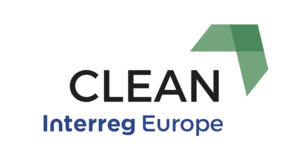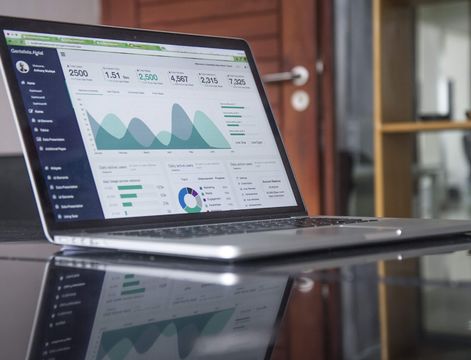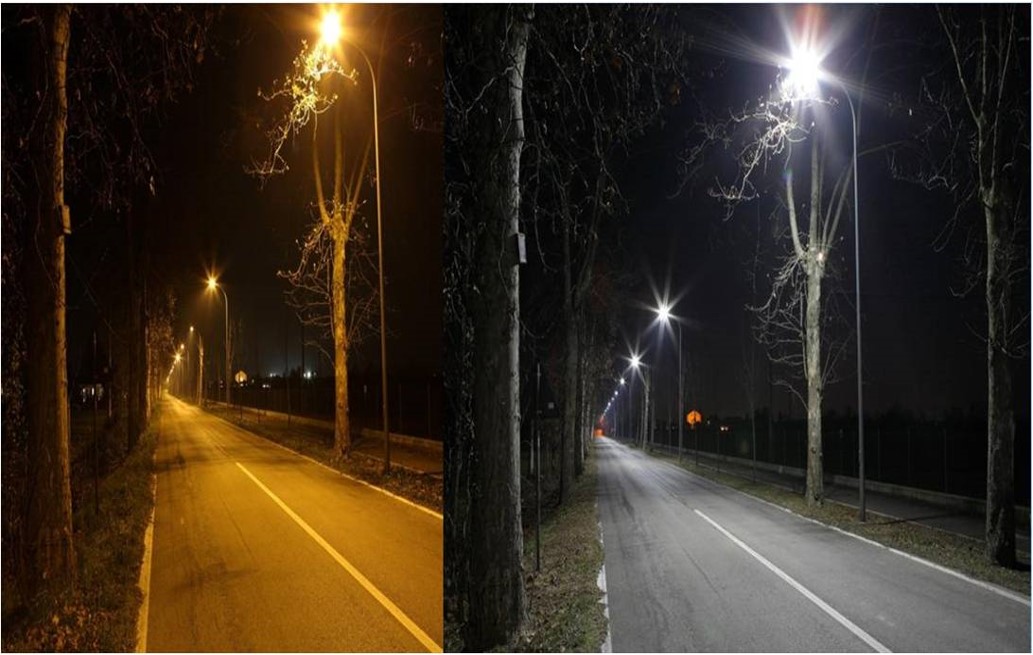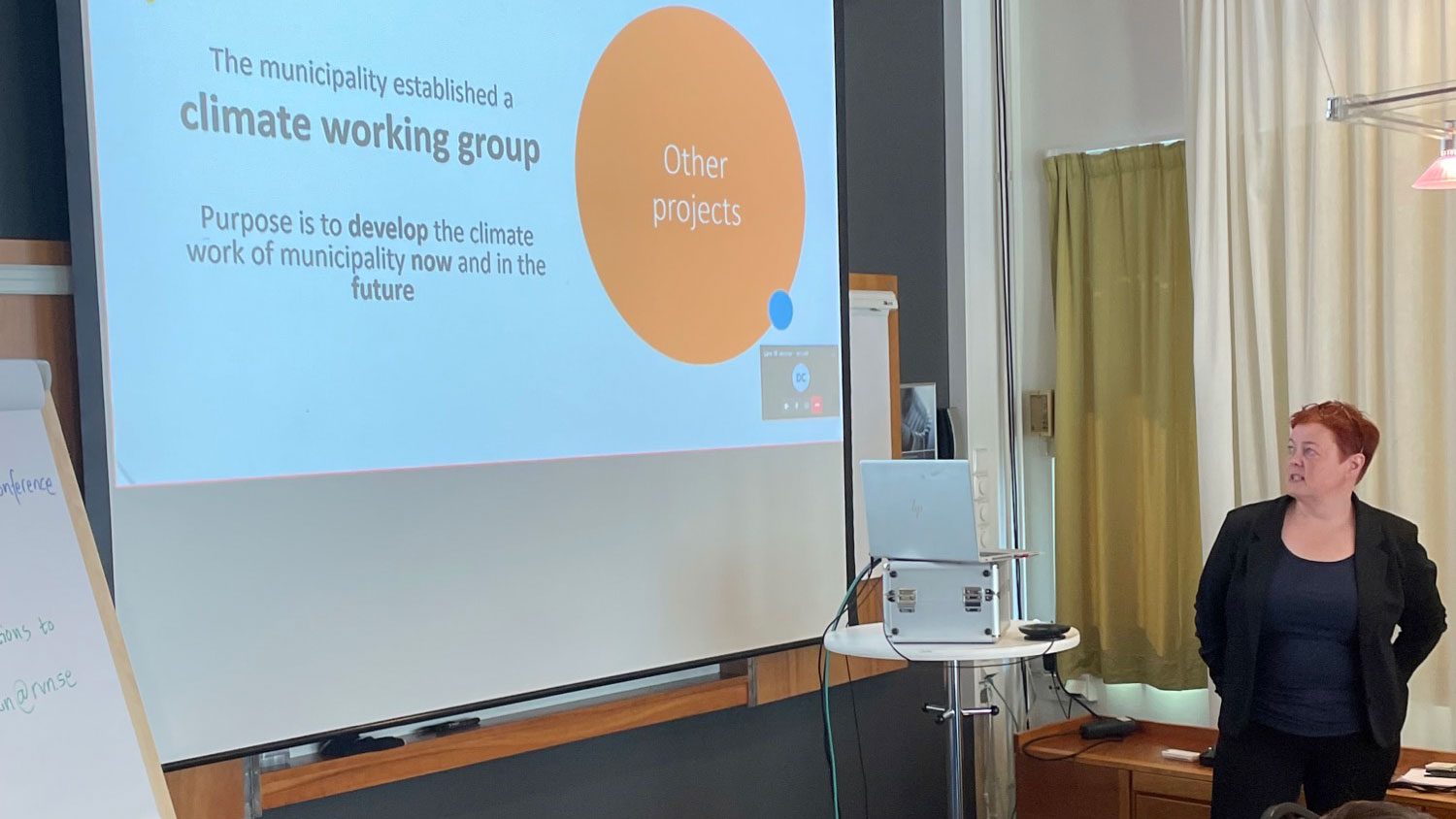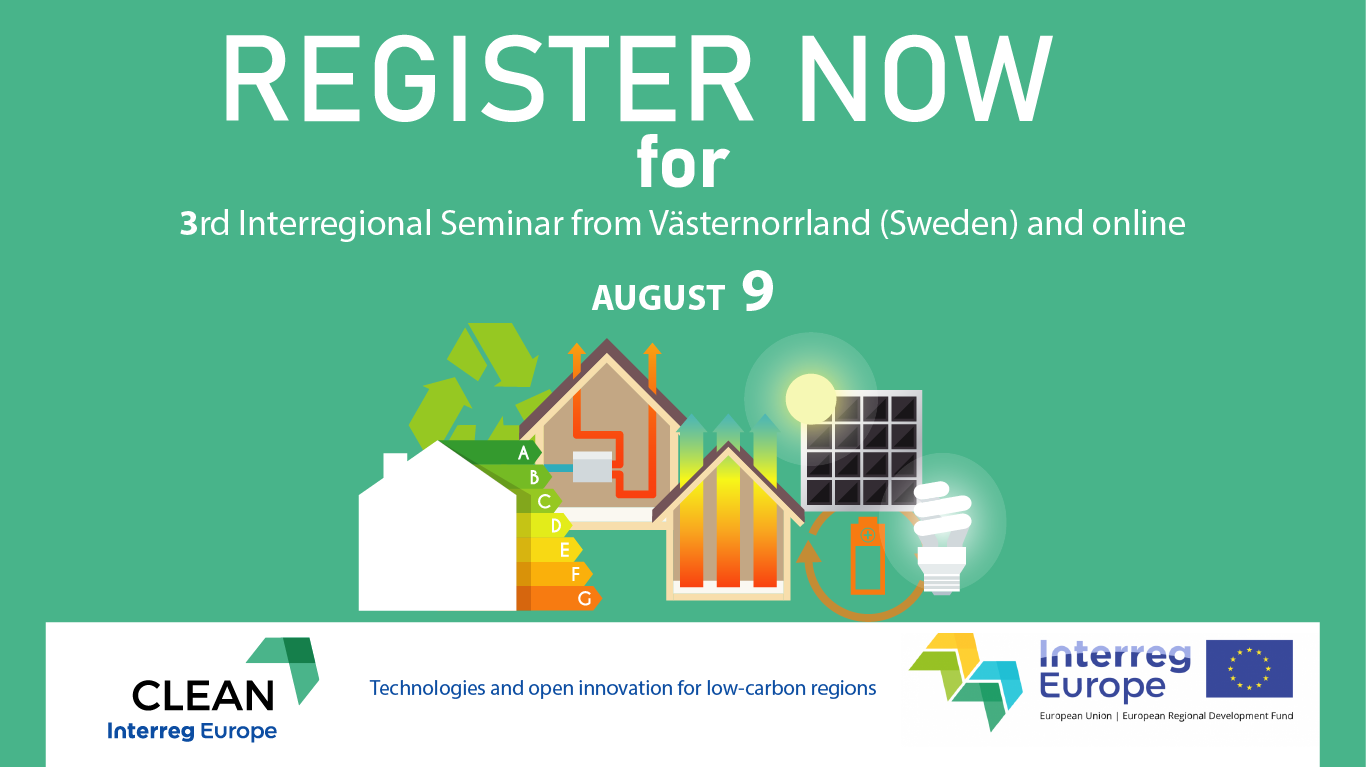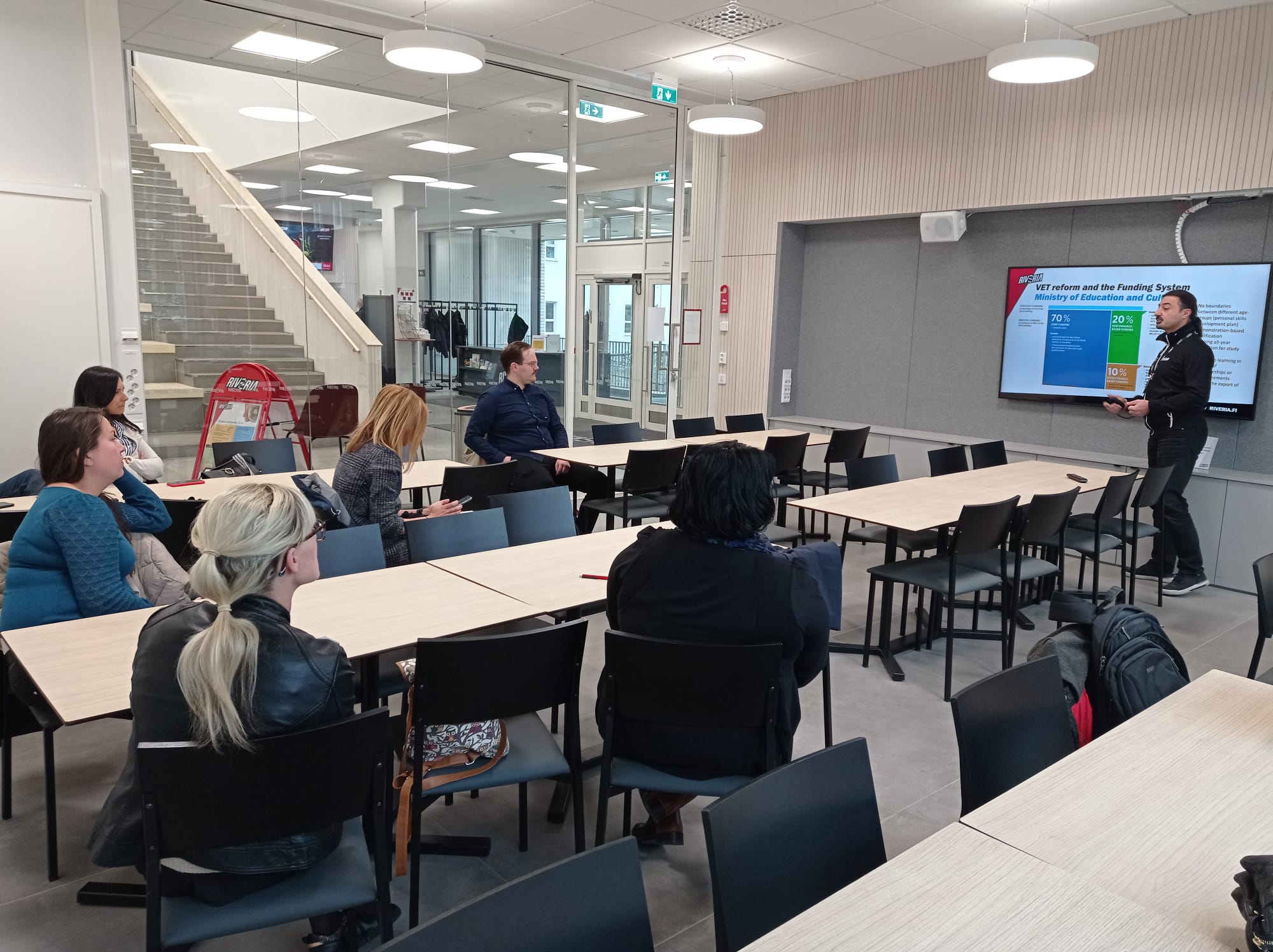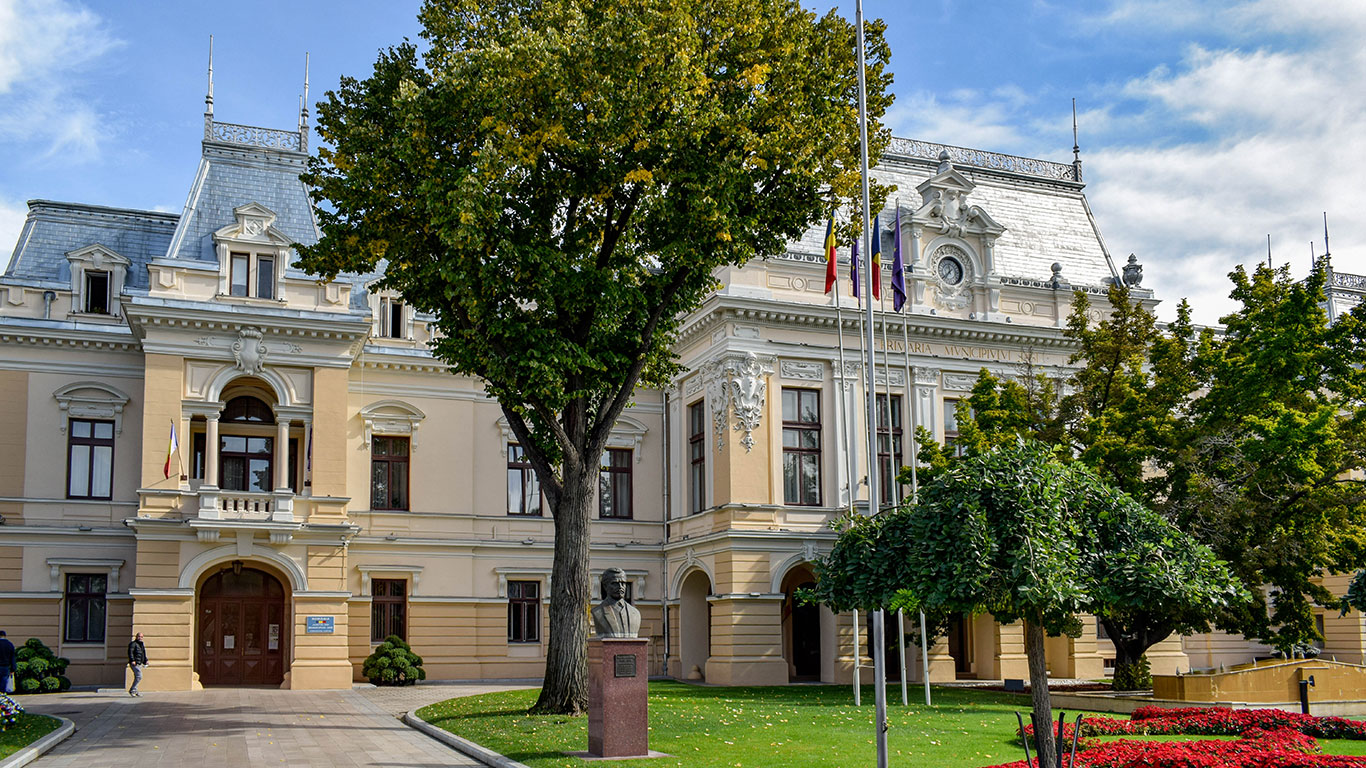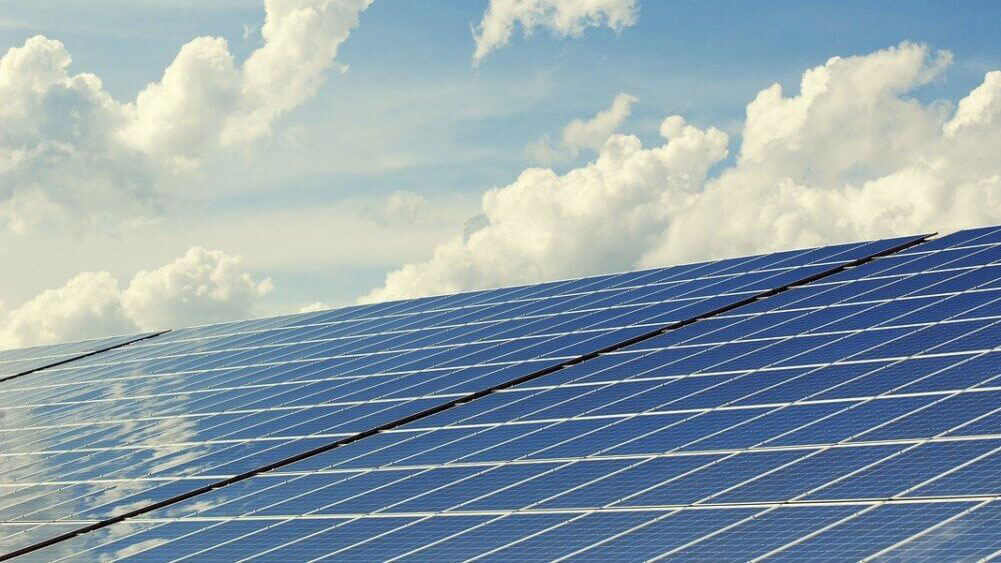CLEAN project partners celebrated the 1st Interregional Seminar focused on facilitating the exchange of experience and knowledge. This week we will get in touch with CLEAN project lead partner Daniela Copaci from ERNACT (Ireland). She will tell us more about the findings and results of the recently concluded COVID-19 Regional Context Assessment on measures addressing the energy efficiency.
According to our CLEAN partner, in Ireland the Covid-19 crisis added a new layer of uncertainty for energy efficiency efforts. There is a shift in energy demand from commercial to residential buildings and commercial building ventilation rates are increased for health reasons. In the context of the economic crisis, households and businesses reduced spending on building upgrades, which slowed technical efficiency improvements.
Daniela Copaci added that, “Irish Government stimulus spending targets building retrofits and efficient new buildings but retrofit policy cannot be successful without investment in skills”. She highlights the importance of further investment in research and development and digital infrastructure in driving clean innovation.
The Irish government is addressing this challenge through policy, strategies, and the Climate Action Plan, to help Ireland achieve a just transition to a low-carbon society. The move to decarbonise the building stock creates challenges at different levels. They have to address energy efficiency first through fabric upgrades, reduce direct emissions from thermal energy by using low-carbon renewable heat technologies and create a pathway to net-zero emissions for our building stock.
During 2021, the Irish Government approved the Ireland’s Climate Action Plan. The Climate Action Plan 2021 provides a detailed plan for taking decisive action to achieve a 51% reduction in overall greenhouse gas emissions by 2030 and setting the public on a path to reach net-zero emissions by no later than 2050. The Plan lists the actions needed to deliver on Ireland’s climate targets and sets indicative ranges of emissions reductions for each sector of the economy. It will be updated annually, including in 2022.
For example, by 2030 should:
- Retrofit 500,000 homes – to B2 BER (cost optimal equivalent or carbon equivalent).
- Install 400,000 heat pumps in existing homes and 250,000-280,000 in new homes.
- Reach a target of 50,000-55,000 commercial buildings with zero-emission heating.
- Reach a target of 2.7 TWh of district heating (energy) demand.
- Reduce emissions from public sector buildings by 50%. In total, 44-56% emissions reduction.
Stay tuned for more!
